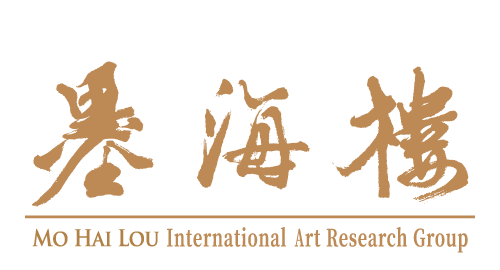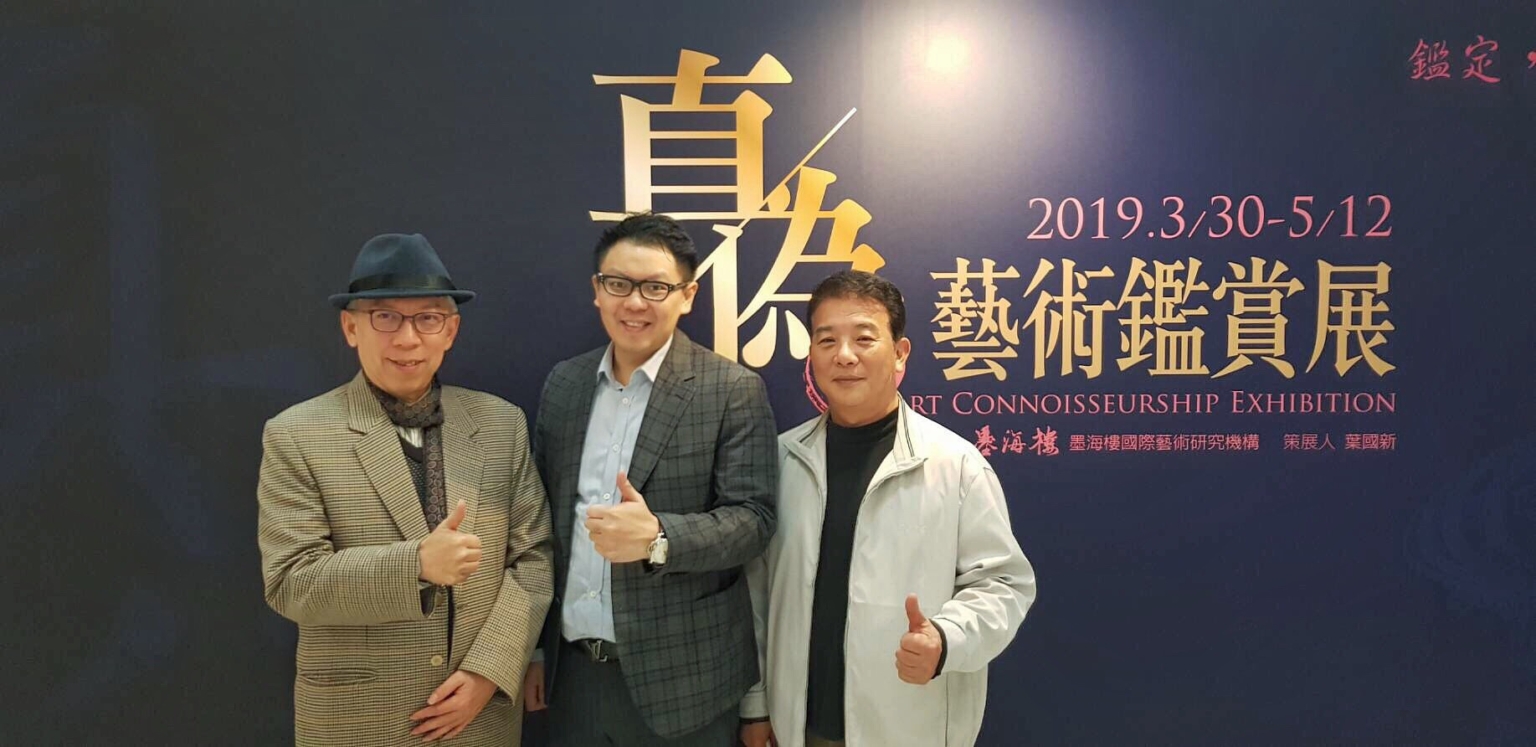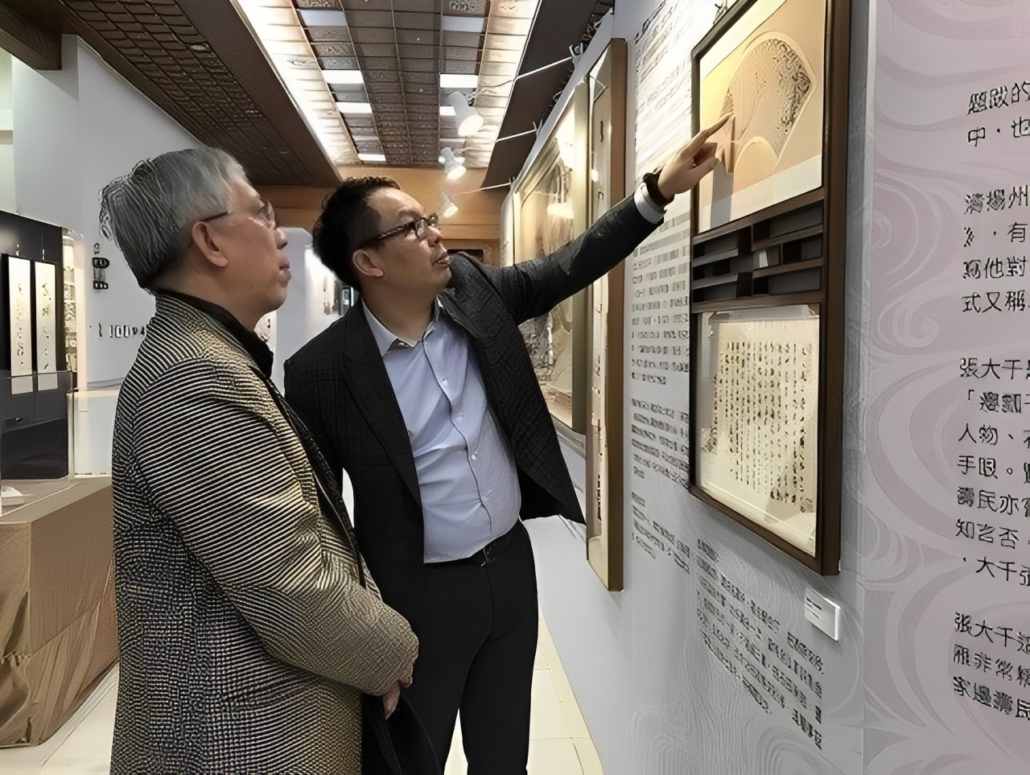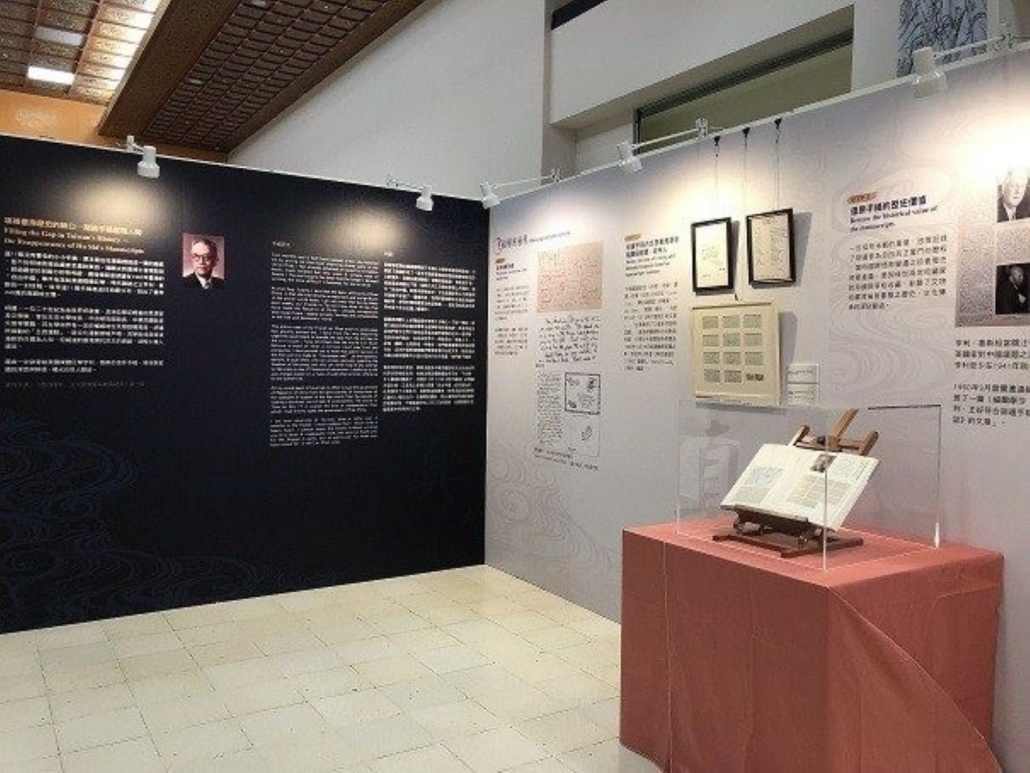Groundbreaking “Art Connoisseurship Exhibition” Showcased at Chiang Kai-shek Memorial Hall
April 5, 2019 | 14:30 | Economic Daily News | By Qiu Si-Zhen
The “Art Connoisseurship Exhibition,” organized by the Mo Hai Lou International Art Research Group, is the first of its kind in Taiwan. It is currently on display at the central corridor on the first floor of Chiang Kai-shek Memorial Hall and will run until May 12. The exhibition reveals the secrets of identifying counterfeit art, welcoming art enthusiasts to visit and explore.
Curator Dr. Ye Guo-Shin, the first Chinese scholar to earn a PhD in “Art Authentication” from the UK, has a diverse professional background. Upon returning to Taiwan, he served as an assistant professor at the Fine Arts Department of National Taiwan Normal University and the Calligraphy and Painting Arts Department of National Taiwan University of Arts. He also chairs the Taiwan Jury Committee for the SPEY/PSTA British Prince Charles Foundation for Traditional Arts Scholarship and serves as the chief authentication consultant for international auction houses. Additionally, Dr. Ye heads the Mo Hai Lou International Art Research Group and has spent years authenticating calligraphy and painting works for collectors and auction houses worldwide.
Dr. Ye is the author of the comprehensive 750,000-word volume Mo Hai Chun Qiu—Collection and Connoisseurship Research into Chinese Painting and Calligraphy. This exhibition distills the essence of his extensive research into a public presentation.
Dr. Ye Guo-Shin (right) personally guided Liang Yung-Fei, the Director of the Sun Yat-sen Memorial Hall. Photo by Qiu Si-Zhen
Director Lin Jin-Sheng of the Chiang Kai-shek Memorial Hall Management Office expressed his honor in collaborating with Dr. Ye Guo-Sin, a globally renowned scholar in art authentication. The exhibition, held in the most visible and visited area of the hall, is a rare opportunity for the public to explore art authentication.
The exhibition features side-by-side comparisons of authentic works, counterfeits, and reproductions, detailing replication techniques from ancient to modern times. It also introduces unique forgery methods used by both historical and contemporary counterfeiting syndicates. Additionally, visitors will learn about cutting-edge scientific authentication techniques from the West and Dr. Ye’s innovative “Art Creation Methodology” for distinguishing authenticity.
This groundbreaking exhibition, the first of its kind at Chiang Kai-shek Memorial Hall, has received widespread acclaim from the public and art enthusiasts alike.
Dr. Ye explained that the modern art market is booming, and art investment has become a popular choice for asset allocation. However, due to high demand, art counterfeiting and fraud are rampant, leaving many people victimized—some even mistaking counterfeit works as heirlooms until they attempt to sell them and discover they’ve been deceived, suffering significant losses. In light of this, Dr. Ye believes that everyone should possess basic authentication skills. Through this educational and public-spirited exhibition, he hopes to promote knowledge of art authentication and empower individuals to become “Sherlocks” in the art world.
He also noted that Chiang Kai-shek Memorial Hall is a premier exhibition venue in Taiwan, attracting nearly 4.7 million visitors annually. Its central corridor, a flagship display area, will help draw even more attendees to the exhibition.
In the Hu Shi Manuscript Section, Dr. Ye demonstrated how he recovered 11 Hu Shi manuscripts from a trash bin and, through meticulous analysis and verification, ultimately helped them fetch 2.4 million NTD at auction. Photo by Qiu Si-Zhen
The “Double Lions Majestic Drawing” is a rare work created by Huang Junbi during his trip to South Africa in 1969. It is recorded in several of Huang Junbi’s art albums. Such “recordings” are one of the important methods used in verifying the authenticity of artworks.— Photograph by Qiu Sizhen
The exhibition not only spreads fundamental concepts of art authentication but also teaches visitors the techniques and methods to evaluate artwork, exposing the methods of forgery. It unveils the curator Dr. Ye Guo-Shin’s unique creation—the “Painting/Calligraphy Authenticity Evaluation Chart”—based on the “Artistic Creation Methodology” he studied in the UK. This chart provides the most comprehensive, logical, and scientific approach to determining the authenticity of artworks. Under the guidance of experts, visitors can learn step-by-step how to collect and analyze evidence for determining authenticity. The exhibit also showcases many fascinating real-life cases, giving the public a chance to witness the sophisticated techniques of forgery firsthand.
For example, a perfectly good piece of calligraphy by Yu Youren can enter a mounting shop and come out as two separate pieces, doubling the profits. This technique, known in the industry as “layer separation,” will be demonstrated on-site. Visitors can directly compare the first layer and the second layer, ensuring they won’t accidentally purchase the “second layer” in the future. Another example highlights contemporary forgery techniques using inkjet printing, which are low-cost, efficient, and high-quality—so convincing that even seasoned collectors are often deceived. However, under the scrutiny of a microscope, the inkjet dots become unmistakably visible.







